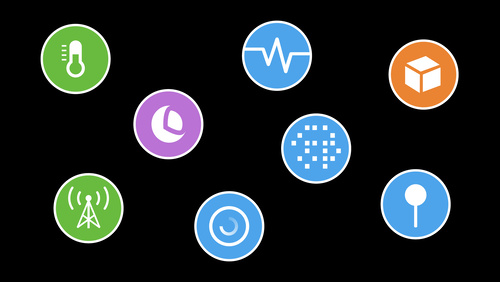MacOS Instruments offer amazing benefits.
Xcode provides the robust macOS Instruments for enhanced device performance analysis and testing. Although numerous developers recognize its presence, it is often an aspect that is overlooked by many. Thus, its exploration is often limited. A closer look at Xcode Instruments and enhancing app performance, with an example from the Collect by WeTransfer app.
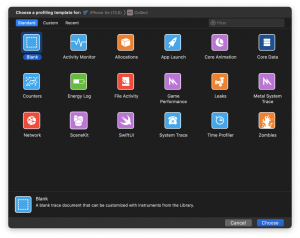
Initiating Xcode Instruments to identify various available tools for your device
Xcode Instruments presents 17 instruments to evaluate multiple app performance facets. Your app needs certain instruments to thrive, and understanding which ones are relevant is key. The Game Performance instrument is more suited to gaming projects. Investigating Xcode Instruments to identify the most suitable tools for your app.
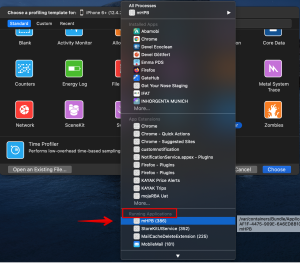
Investigating app performance with Time Profiler offers valuable insights
Using Xcode’s Time Profiler is a valuable asset. The effectiveness of multiple cores/threads across your app is showcased using this tool. By optimizing this app aspect, you can vastly enhance its user experience and overall responsiveness. Discover how to identify request time, server response time, and optimize your code to enhance application performance using a powerful tool like Time Profiler.
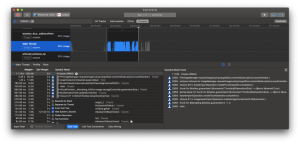
Newly capturing a recording using Time Profiler
We’ll begin a new analysis by recording rainfall with the Time Profiler instrument. The app’s execution is recorded while tackling certain duties. Our aim in demonstrating these examples was to accelerate adding content to the Collect app. Through recording flow, we can uncover main thread’s usage patterns and spot potential areas of improvement.
Discovering threads in diverse contexts can be effectively accomplished using filters
This application filter bar enables us to concentrate on particular threads and procedures in the course of its functioning. Performing the Threads tab will indicate which threads may be contributing to UI sluggishness.
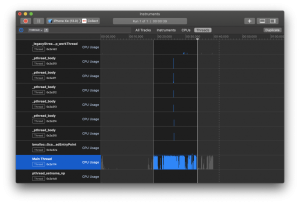
How can areas of the code be optimized?
Utilizing the Detail area, we can peruse symbol names for the showcased periods during the app’s execution. This step initially seems confusing, but applying filters like ‘Hide System Libraries’ and ‘Invert Call Tree’ can help in gaining clarity. We can pinpoint which optimization methods can improve performance in different areas.

Analyzing Results and Validating Improvements
Upon discovering potential improvements, we implement these changes and re-run the Time Profiler to confirm the updated results. Analyzing the past and present performance of the app reveals whether its recent changes have enhanced its efficiency. After refining identified bottlenecks, we witnessed notable advancements in Collect app flow.
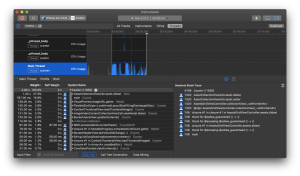
Conclusion
macOS Instruments delivers an assortment of powerful tools for boosting app performance. You can analyze specific flows, optimize code sections, and validate improvements using various instruments. Using these tools can speed up and please users as you learn to take your time to explore their benefits.
Moreover, in addition to exploiting Xcode Instruments, you can also enhance your app’s performance by examining other optimization strategies. Read about enhancing app performance for maximum efficiency in our blog post.

